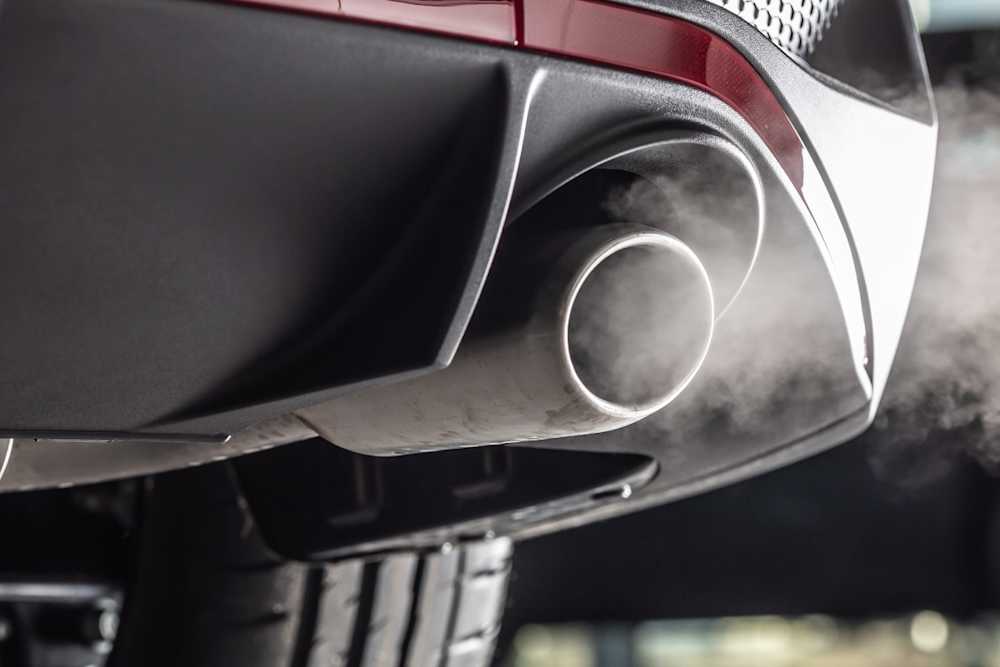Many governments and industry groups require testing to verify that volatile organic compound (VOC) concentrations and emissions from different materials do not exceed safe limits. In Europe, the main directives covering VOCs include the Paints Directive 2004/42/CE and the Industrial Emissions Directive 2010/75/EU.1 Volatile organic compounds can also fall under other legislation, such as those related to the composition, storage, and handling of fuels.
VOC testing is typically performed using gas chromatography techniques, such as GC-MS and GC-FID. Measurlabs offers analysis options for a diverse range of industries and sample materials.
What are volatile organic compounds?
VOCs are carbon-containing chemical compounds that vaporize at a relatively low temperature, generally at 250 °C or below.2 They include such compounds as methane, benzene, xylene, propane, butane, and formaldehyde. Some VOCs occur naturally, but many originate from human activities, with the main sources including transportation, industrial processes, and the use of organic solvents.3
Some VOCs can irritate the eyes and airways, and prolonged exposure may adversely impact the cardiovascular and neurological systems and increase the risk of cancer.4 VOCs are also prevalent environmental contaminants.
Testing VOC emissions from construction materials
The interiors of new buildings can experience high levels of VOCs emitted by new building materials, fittings, furnishings, and surface coverings. VOCs can also be found in existing buildings when new materials are introduced, such as during renovations. The relevant standardized test methods include EN 16516 for construction products and EN 717 for wood-based panels. VOC testing is necessary for construction materials to receive environmental certifications such as BREEAM and the Nordic Swan Ecolabel.5
VOCs in health tech
In medical device biocompatibility testing, the ISO 10993-18 standard is used to identify the chemical composition of the device and to estimate and control the risks associated with it, such as VOCs released by the device during clinical use. Measurlabs offers chemical characterization of medical devices covering a variety of substances, including VOCs, SVOCs, non-volatile organic compounds, and inorganic elements.
For devices with a breathing gas pathway, such as ventilators, additional testing is needed to evaluate VOC emissions that the patient may be exposed to through the gas stream. These tests are generally performed according to Part 3 of the ISO 18562 standard.
Testing toys and consumer products
Toys and consumer products can also be a source of volatile organic compounds. These can be tested using vessels such as Tedlar bags, sample cylinders with absorbents, pumps, and special filters. European Standard EN 71-11 specifies methods to analyze toys and toy materials, while the Paints Directive also applies to consumer products in Europe.
VOCs in food contact materials
Although materials that release VOCs are not typically used in food industries, they may inadvertently end up in food contact materials. Regulations (EC) No 1935/2004 and (EU) No 10/2011 require manufacturers to conduct a risk assessment of non-intentionally added substances (NIAS), including VOCs.6 The initial NIAS screening is usually performed using the GC-MS technique.
Fuel testing
In the EU, Directive 2009/30/EC lays down the technical specifications for gasoline, including the maximum concentrations of several VOCs.7 Compliance testing is performed using methods outlined in the EN 228 standard.
Environmental VOC testing
Water, soil, and other environmental samples can also be tested for VOCs. Relevant EPA standards include EPA Method 8260 for GC-MS testing and EPA Method 8015 for nonhalogenated organics using gas chromatography-flame ionization detection (GC-FID).
If you need VOC testing for any of the materials mentioned above, do not hesitate to contact us through the form below or at info@measurlabs.com. One of our experts will get back to you within one business day.
References:
1 See the consolidated versions of the Paints Directive and the Industrial Emissions Directive.
2 The Paints Directive uses this definition, based on the initial boiling temperature at standard atmospheric pressure.
3 The United States Environmental Protection Agency has a useful explanation of VOCs as related to indoor air quality. The European Environment Agency explains methane and non-methane VOCs.
4 A newer study on the impact of VOCs on human health is Chemicals in European residences – Part I: A review of emissions, concentrations and health effects of volatile organic compounds (VOCs) written by Christos H. Halios, et al., published in September 2022.
5 See the BREEAM Knowledge Base and Nordic Ecolabelling for Indoor paints and varnishes.
6 See Regulation (EC) No 1935/2004 and Regulation (EU) No 10/2011.
7 The requirements are outlined in Annex I of Directive 2009/30/EC.

